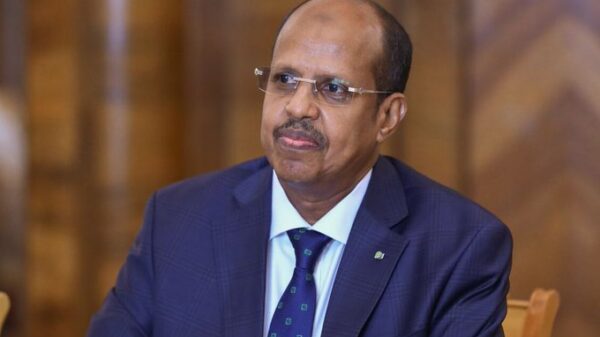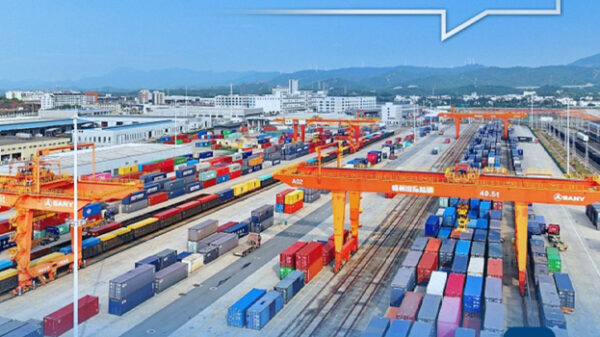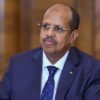
Angola is one of Africa’s top oil producers/AFP
LUANDA, Angola, Aug 23 – Despite fabulous oil riches, Angola remains one of the poorest countries in the world and is one of the most closed societies on the African continent.
The southern African country was ravaged by a devastating civil war between 1975 and 2002 and has been led since 1979 by President Jose Eduardo dos Santos, who is to hand over power after Wednesday’s general elections.
Here are five things to know about the country, which at 1,246,700 square kilometres (498,680 square miles), is almost twice as big as the US state of Texas.
Oil riches, economic rags
Angola competes with Nigeria for the top spot as sub-Saharan Africa’s number one oil producer and its economy is highly dependent on petrodollars which have funded infrastructure investment.
The oil boom has made Luanda into one of the most expensive capitals in the world but rural areas remain almost untouched by the black gold boom.
And despite the construction of roads and hospitals, the progress has benefited only a tiny part of the population of 25 million.

Despite Angola’s oil boom, most of the population lives in poverty/AFP
The collapse in the price of crude plunged Angola into a severe economic crisis in 2014 from which it has yet to fully recover.
According to the World Bank, national income per capita was just $3,440 (2,939 euros) in 2016.
Corruption is also rife. Angola came 164th out of 176 countries in the most recent corruption index published by Transparency International.
Civil war
Angola gained independence in 1975 after a bitter war involving several different nationalist groups following the departure of Portugal which had ruled since the 19th century.
The winning faction the pro-Soviet People’s Movement for the Liberation of Angola (MPLA) has been in power since independence.
Once in power, the group fought a long civil war against the National Union for the Total Independence of Angola (UNITA) and the National Front for the Liberation of Angola (FNLA) which only ended in 2002.
While apartheid-era South Africa and the CIA backed UNITA, the MPLA had the backing of Communist Cuba.
By the time the conflict ended and the army signed a ceasefire accord after UNITA leader Jonas Savimbi was killed, an estimated half a million people were dead.
38-year reign

President Jose Eduardo dos Santos has ruled the country with an iron fist for nearly four decades/AFP
Dos Santos came to power following the death of the country’s post-independence leader Agostinho Neto in 1979. Dos Santos has ruled with an iron fist, dominating every part of society.
Dos Santos’ MPLA party has an absolute majority in parliament.
Demonstrations are banned by law and are often put down violently by police.
‘The princess’
Dos Santos’ opponents are critical of his grip on the country and its economy.
Many major businesses are run by Dos Santos family members or friends. In 2013, his son Jose Filomeno became chairman of the country’s sovereign wealth fund.
Dos Santos’s elder daughter Isabel Africa’s richest woman according to Forbes magazine and dubbed “the princess” by her detractors was appointed in June 2016 to lead the national oil firm Sonangol.
Oil well
Angola’s Cabinda province is separated from the rest of the country by a narrow strip of territory belonging to the Democratic Republic of Congo and produces three-fifths of Angola’s oil.
The enclave has been rocked by a separatist insurgency since it officially became part of Angola at independence.














































